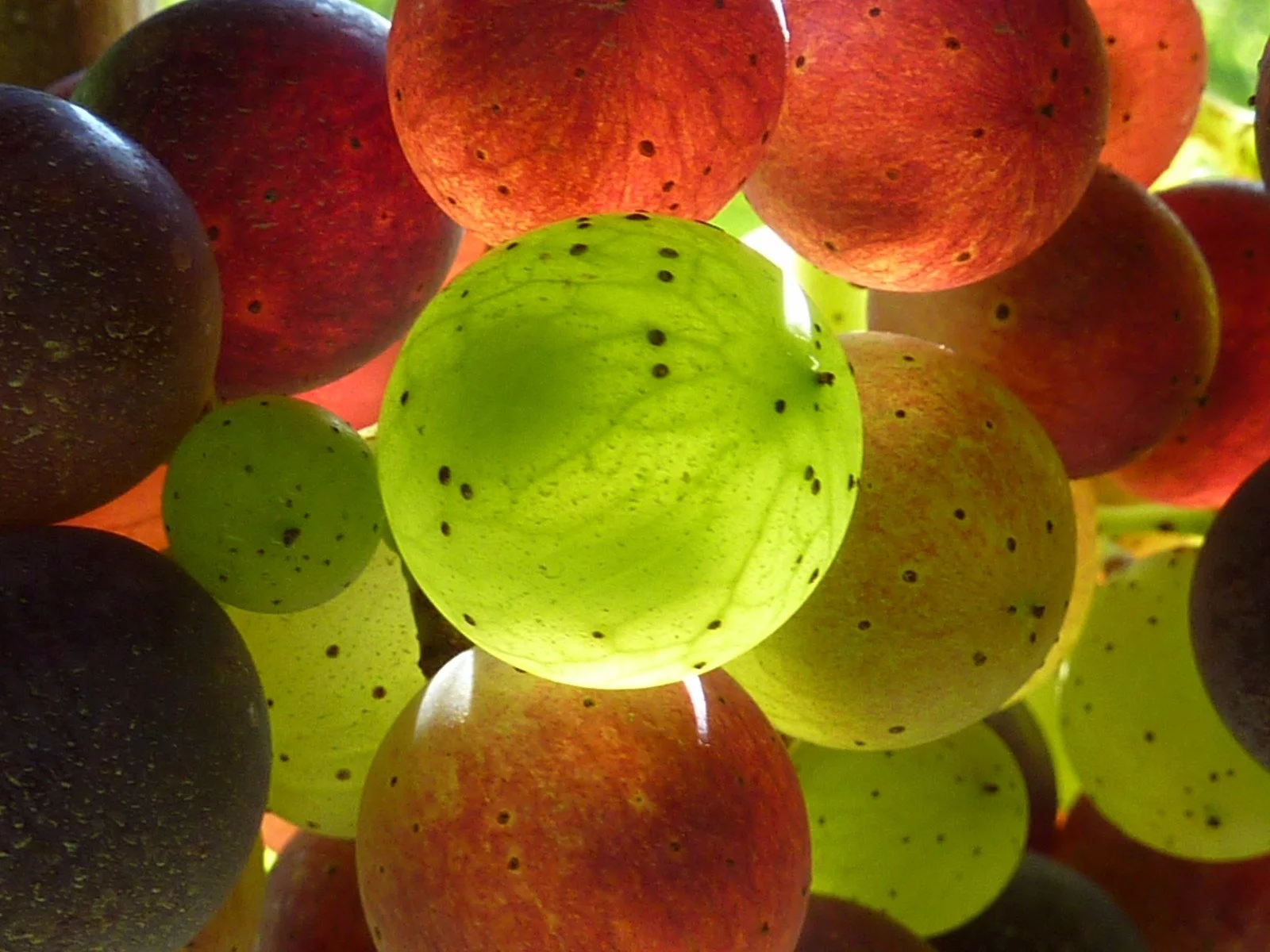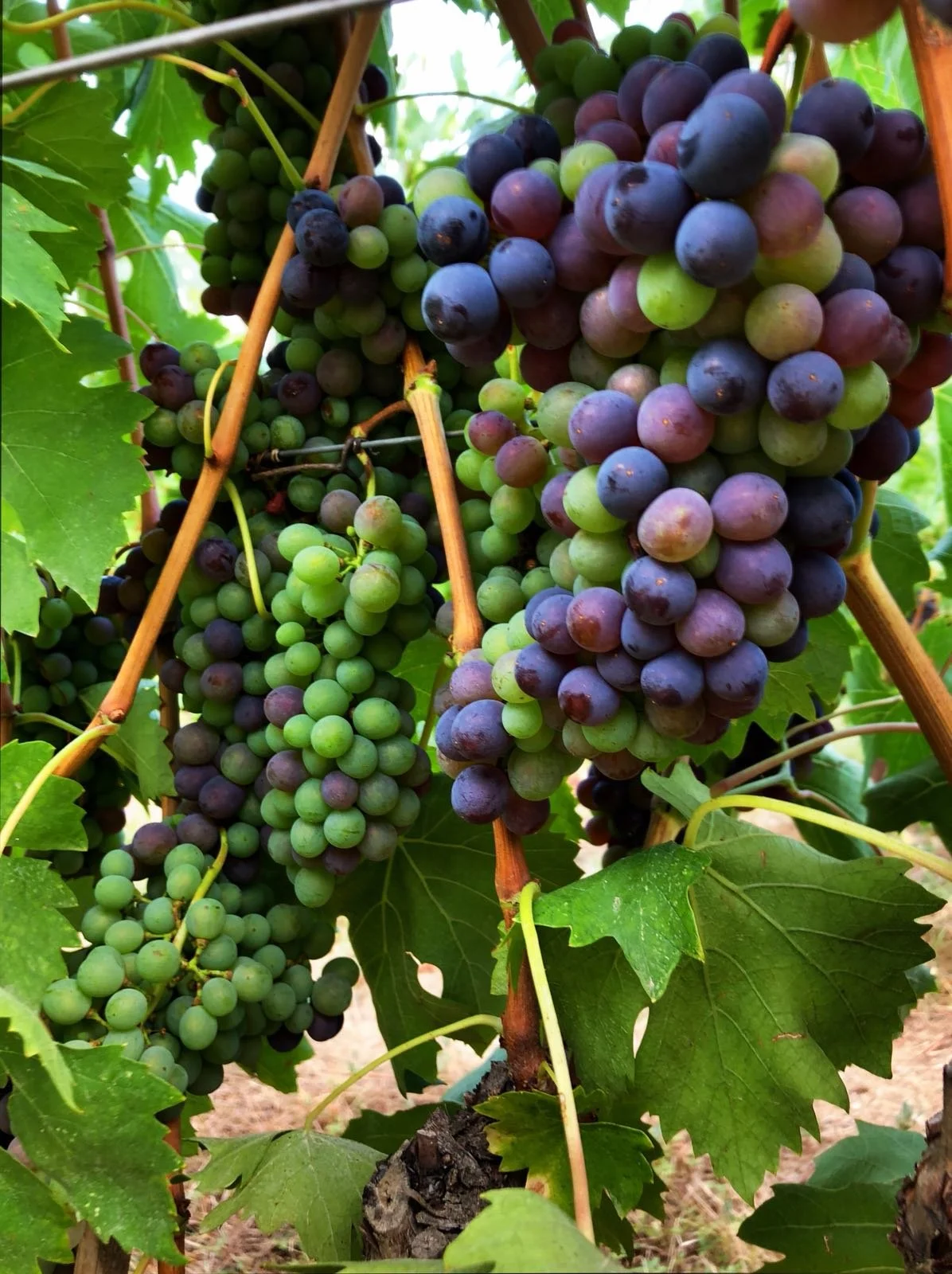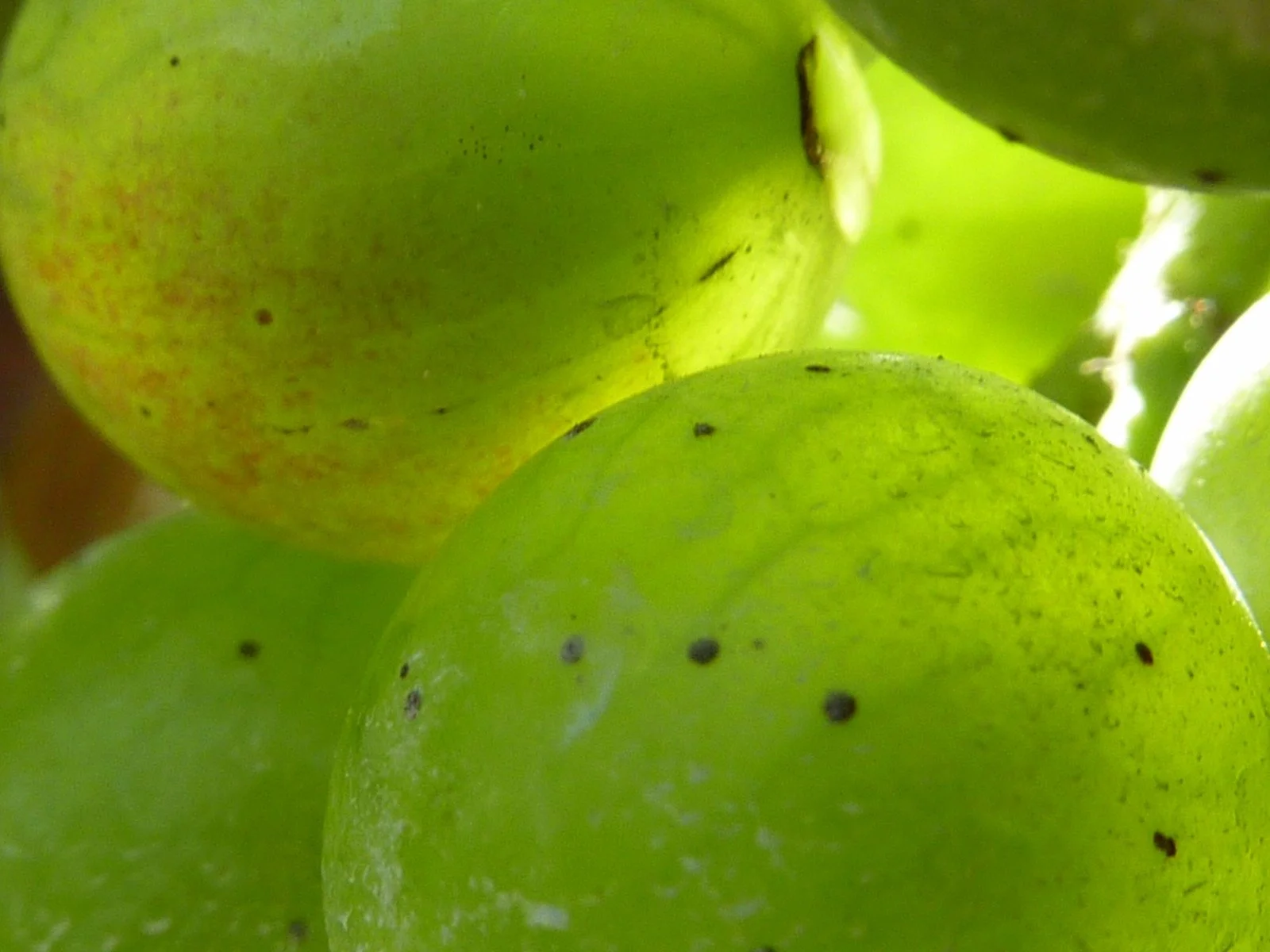Chianti Classico: From the green harvest to the green care...
Anyone who thinks that winegrowers put their feet up in summer, sip a glass of Chianti Classico and watch the grapes ripen has got another thing coming. Because there is a lot to do in the vineyard, even in the summer months. Many, many small tasks are carried out by many, many hard-working hands. One of these activities is the so-called "green harvest" or "green harvest". Nowadays - at least in Chianti Classico - we no longer talk about the green harvest, but rather about green care.
What is the green harvest?
But let's start - as always - from the beginning: During the so-called green harvest, winegrowers remove green - i.e. still unripe - grapes from the vine. The reasoning behind this is basically very simple: If a vine has set (too) many grapes, it has to divide its strength for ripening between the many, many grapes. However, if you remove the grapes that are "too many", the vine can concentrate its energy on the optimal ripening of the best grapes.
What does this wonderful word "hectare yield restriction" mean? Quite simply, in order to ensure the quality of the grapes, it was stipulated that only a certain amount of grapes may be harvested per hectare. This value varies depending on the region, municipality or growing area - but in quality viticulture, a yield of one to one and a half kilos of grapes per vine is generally expected. For Chianti Classico, a maximum limit of 7,500 kilos of grapes per hectare is set. This is another reason why the green harvest was used. However, this maximum yield is hardly ever achieved by a winegrower today, but was originally intended to improve the quality of the wines.
Why the green harvest is no longer like it used to be.
In the past, however, not only the grapes were reduced in the course of the green harvest, but also the leaves in the area where the grapes grow - in the so-called grape zone. The idea behind this was to provide the grapes with even more sun in order to increase the sugar production of the grapes. However, the climatic changes of recent years have led to a rethink: As summers are getting hotter from year to year and the sun is becoming more aggressive and intense, there has been an increasing trend in recent years not to remove the leaves in the grape zone. This is because they provide the grapes with protection and shade, and sugar production in the grapes is reduced. as a side fact, temperatures of up to 80 degrees have been measured in dark berries under sunlight at the Wine Research Center at Geisenheim University! The shady leaves therefore ensure that the sugar content of the grapes does not become too high. After all, the sugar is converted into alcohol during fermentation. And to put it simply: the higher the sugar content of the grapes, the higher the alcohol content of the finished wine. This is also problematic, as wines with an alcohol content of up to 15.5% tend to be less in demand. If the grapes are also too warm during the ripening phase, the wines are said to develop "jammy aromas". And that is something you want to avoid. After all, the European palate prefers fresh and clear wines.
Green care: row by row, vine by vine, grape by grape...
It is precisely for these reasons that winegrowers today tend to be more cautious with the green harvest - both in terms of the leaves and the grapes. In addition, the green harvest no longer takes place at the end of July to the beginning of August, as was the case a few years ago, but rather takes its time and moves ever closer to the actual harvest time. A few grapes are also taken away very shortly before the harvest. Of course, the winegrowers now go through the vineyards and check whether grapes have become entangled in the wire framework, whether grapes are too small on shoots that will not produce a yield, or whether grape clusters are too loose, which may subsequently be susceptible to disease. The winegrowers and their well-trained assistants do all this by hand - vine by vine and grape by grape. Of course, there are factors that cannot be "controlled" - such as the weather, for example, which naturally has a significant influence on the further course of growth, the time of harvest, etc. By the way: If you happen to be strolling through a vineyard, don't be alarmed because there are grapes on the ground. These are simply grapes that have been cut off during green pruning.



